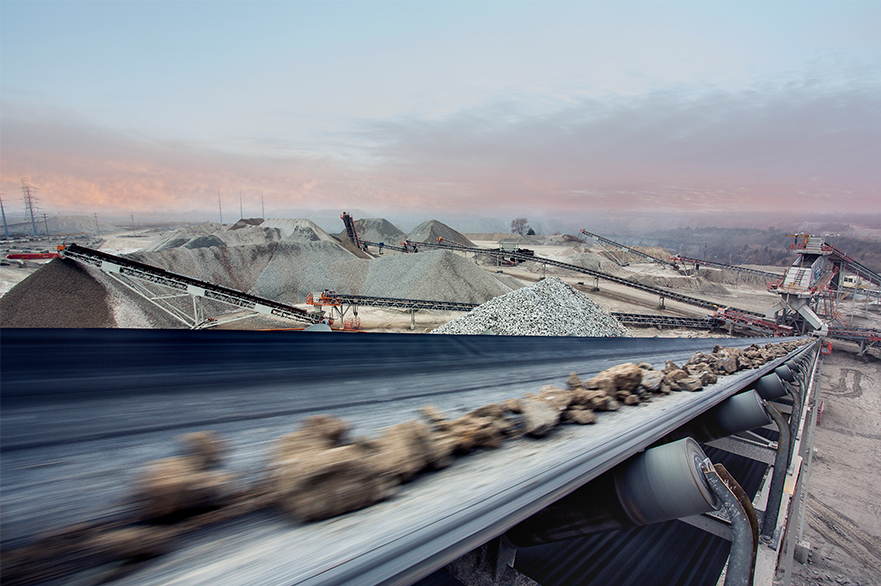The ultimate aim of automating a system is that each machine is able to run independently at near full capacity, rather than being held back by manual processes, while also working optimally with the plant’s other machines to reduce costs and maximize profitability. Having said this, quarry managers often have different goals; while some want to streamline their workforce, others might look to eliminate downtime, produce a new type or better quality of product, reduce energy consumption, or simply upgrade by repairing or replacing old equipment.
Another major driver for automation is operator safety – for example, automating processes can help to improve working conditions by moving employees away from the harsh onsite environment into a control room. This has a secondary benefit of making recruitment easier as it increases the attractiveness of the quarry as a workplace.
The variety of reasons for automation mean that there is no standard solution. With the Metso SiteBooster™ site optimization solution the first step is a full site audit, which helps to identify the quarry’s needs and determine how we can help them achieve their targets while taking their budget and current situation into account. Below is a breakdown of the steps that we follow to help upgrade a plant’s performance.
Step 1: Checking components in crushing process
A typical site audit can take anything from a few days to a week, depending on the size, age, and condition of the plant, as well as the complexity of the project. The first step is checking any electrical and hardware components that are in use, which generally takes a day or two and can involve looking for signs of wear, checking waterproofing, and ensuring that any hardware is still fit for purpose, with an emphasis on operator safety. Even if equipment is working, technological advances can make it hard to find spare parts if it does break down.
Step 2: Current crushing process analysis
The second part of the audit is to observe how the plant is run, including the way aspects like startup, loading, and plant failures are managed. There’s no standard approach for this – we need to be on site, seeing the plant in operation. This is where our expertise comes into play; we have to identify the real issues behind any inefficiency, which often don’t match quarry managers’ beliefs about what needs fixing. For example, when one manager asked us to install a larger crusher to increase material flow, our audit found that the problem was in fact caused by poor management of the feed hopper level. Our solution was to install an analog level sensor in the hopper and a scale in the conveyor belt, increasing production by 30%.
Step 3: Designing the new crushing automation system
The design process can take a few months, although this varies between plants. Metso has an automation library with functional blocks – the latest components and processes we’d use for building a new plant. We try to incorporate as many of these as possible into upgrades, but of course any modern systems must be able to be smoothly integrated with the plant’s existing equipment. As well as hardware, we might also need to upgrade the software, for example to ensure that machines are only receiving commands from a single operator interface, or to automatically regulate machine loads. A big part of our job is to make sure any upgrades meet existing and new legal regulations, because safety is something we never compromise on.
Step 4: Building intelligence, implementation, and startup of crushing plant automation
The software solution we provide involves two components: the operating control system (PLC) and the operator interface (SCADA). The need for these is analyzed during the design phase, with design, build, and testing repeated until we get everything exactly right. This is where our experts’ knowledge is vital to find the best possible solution for the plant.
One of the major advantages of Metso SiteBooster is that our team of experts – which includes commissioning specialists, automation experts, and project managers – can offer support in various aspects of plant operation. Their goal is to address the plant’s needs while striking a balance between time, efficiency, and financial considerations.
While every step of the process is important, the site audit is perhaps the most critical tool for ensuring that we successfully address a plant’s unique automation requirements. I find this particularly interesting because it means that no two SiteBooster projects are the same, so there is always a new challenge to solve.

